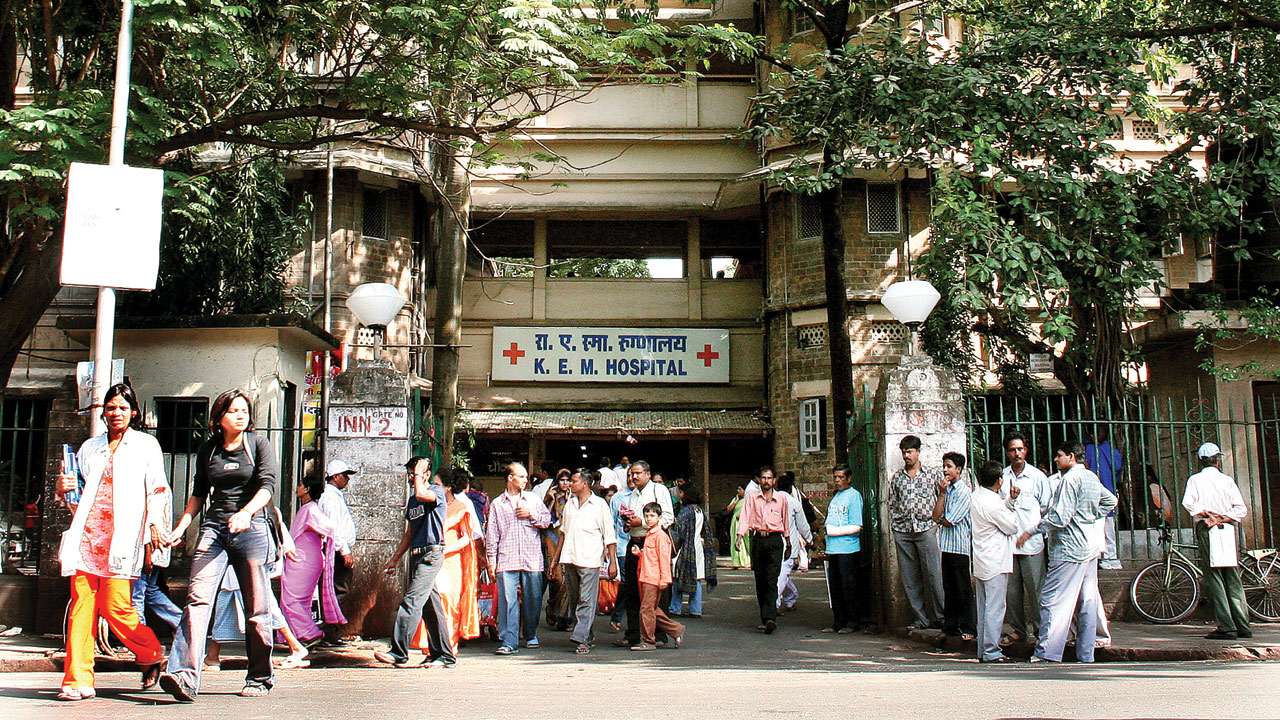
Pradhan Mantri Jan Arogya Yojana, aka ‘Modicare’, Ayushman’s most comprehensive component, has been projected as the biggest health programme in the world even before it was implemented. The scheme, like its earlier avatars Rashtriya Swasthya Beema Yojana (RSBY) or several government-funded health insurance (GFHI) schemes run by state governments, promises to provide free hospitalisation care for the poor and marginal sections.
Without taking claims too seriously, it can be safely said that this is the biggest Public Private Partnership (PPP) effort in healthcare in India.
The scheme essentially subsidises hospitalisation expenses in private sector with tax money to help access a large market and thus boost private sector growth in health care — all in the name of free hospitalisation care for the poor.
Experience of RSBY and other state insurance schemes shows that free care remains elusive, particularly when care is sought at private hospitals. Out of every 100 hospitalisation cases under various government sponsored health insurance schemes, only three get free care. People need to pay a lot if they seek care in private hospitals — more than half spend Rs 10,000 or more. In contrast, if one goes to a public hospital, more than half of them spend Rs 1,000 or less.
Coverage against hospitalisation cost up to Rs 5 lakh, increasing it from Rs 30,000 under RSBY is being seen as a major step forward to ensure that care is given free. Some existing state schemes have coverage of up to Rs 1.5 to Rs 2 lakh per family, without much effect on financial protection. So increasing coverage really doesn’t mean much.
Designing specific elements of the schemes — whether to involve insurance companies or go for a trust model is left to states. States in central and east and north-east are not expected to gain from this supposed partnership with private sector.
The reality of our country is that most private hospitals have either grown in and around public hospitals or in metro cities, state capitals and other big cities in the south, north and western part of the country.
Almost half of the private hospitals and two-thirds of corporate hospitals are in few five million-plus cities, where bigger government hospitals and medical colleges are also available. There are hardly any private hospitals in rural areas and in remote parts of the country. Vast majority of the people in these settings depend on either government hospitals or the few not-for-profit charitable hospitals.
Compared to insurance agencies, trusts have greater control over the claim settlement process and could be a better model in terms of reducing the role of the intermediaries and thus reduce the likelihood of siphoning off the profit.
However, many of these states neither have the capacity to effectively negotiate with the private providers, insurance agencies nor the technical capabilities to run a trust model on their own.
Numerous incidents of unethical practices, over charging, unnecessary care and in rare extreme situations, deaths due to medical negligence and denial of care point out that medical care market cannot be left to itself. This calls for comprehensive regulation of clinical standards as well as prices.
Though we have a Clinical Establishment Act, most states have not ratified the Act. Furthermore the Act, in the current form, does not talk about regulation of prices or rationalisation of trade margins.
When the government came up with procedure rates, there was considerable hue and cry among the industry and medical associations that prices are very low and would thus compromise on the quality of care. Though this reaction is understandable as a strategy to negotiate for higher prices, one needs to appreciate the dangers of such partial regulation of prices.
The vast majority of the country’s population, particularly the informal non-poor, are neither covered by any government health protection scheme, nor can they afford private health insurance. This section is finding it increasing difficult to bear health-care expenses in private sector.
Private sector is likely to charge higher prices from the patients who are not covered by the GFHIs in order to cross subsidise the lower rates provided by GFHIs.
Possibilities of charging additional fees from patients with coverage in the name of quality also exist.
There have been numerous efforts to forge PPPs in health sector to help expansion of private sector – often at the cost of public services.
However, the objective of orienting private health care sector to public goals has remained largely unfulfilled. As private sector gets more organized and big hospitals chains start to dominate the market, which is inevitable without regulation and no expansion of government services, it would be increasingly difficult for governments to intervene.
There would be further lobbying for higher prices under GFHIs, insurance premiums would go up and governments and patients would have little choice but to accept their demand. It may not be far that PMJAY becomes truly the biggest scheme in the world in terms of how much money it consumes while majority of the population continue to find access to quality health care unaffordable. But does anyone care?
Author is a health economist Views are personal